Typical masks and traditions of the Sicilian Carnival
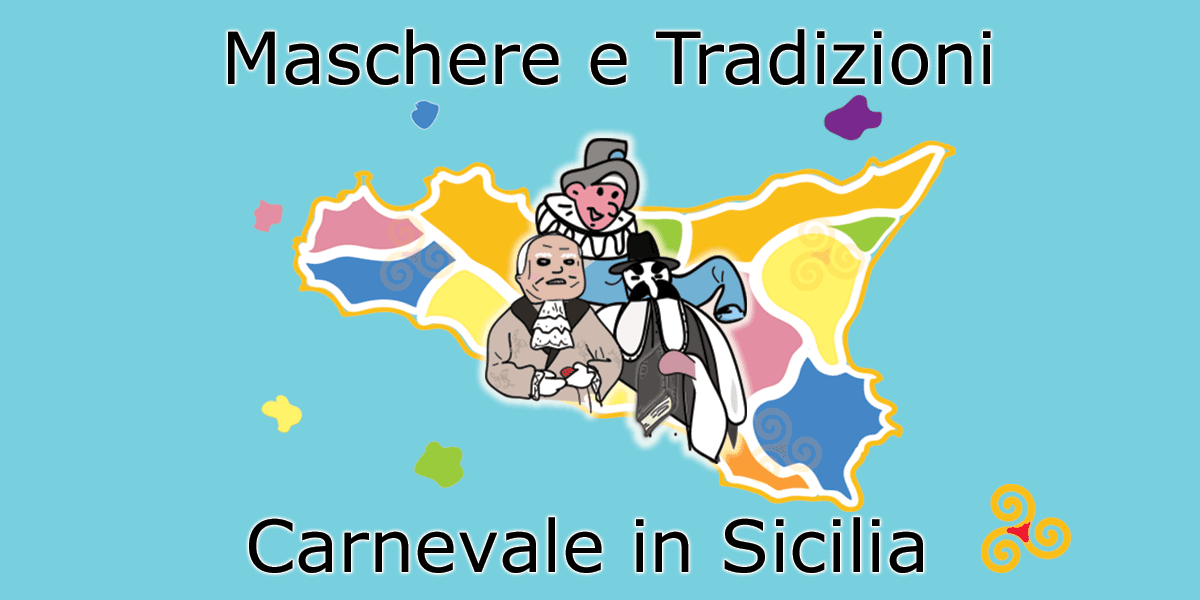
The origins of carnival celebrations date back to at least the 16th century, as evidenced by the Bisacquino carnival.
The traditional mask of the Sicilian Carnival is Peppe Nappa, which was also chosen as the symbolic mask of the Sciacca Carnival.

Peppe Nappa is, in the collective imagination, a servant, a prankster and indolent character, but willing to make acrobatic jumps and turns if necessary, especially when it comes to getting the foods he is fond of. Peppe Nappa's mask is among the oldest in Italy, it was born in the same period of the masks of Harlequin and Pulcinella. Peppe Nappa, where the term Nappa indicates patch in Sicilian, he wears a large blue jacket and trousers, and a felt hat.
In the Catania area you can find the Abbatazzu, historic late seventeenth-century mask of the Carnival of Acireale which made fun of the Acireale clergy, sometimes replaced by the subsequent mask of the Baruni, which instead ridiculed the Acinese nobility. The mask of Abbatazzu, born in 1667, it was also known as Pueta Minutizzu because the mask performed by reciting grotesque and mischievous poems.
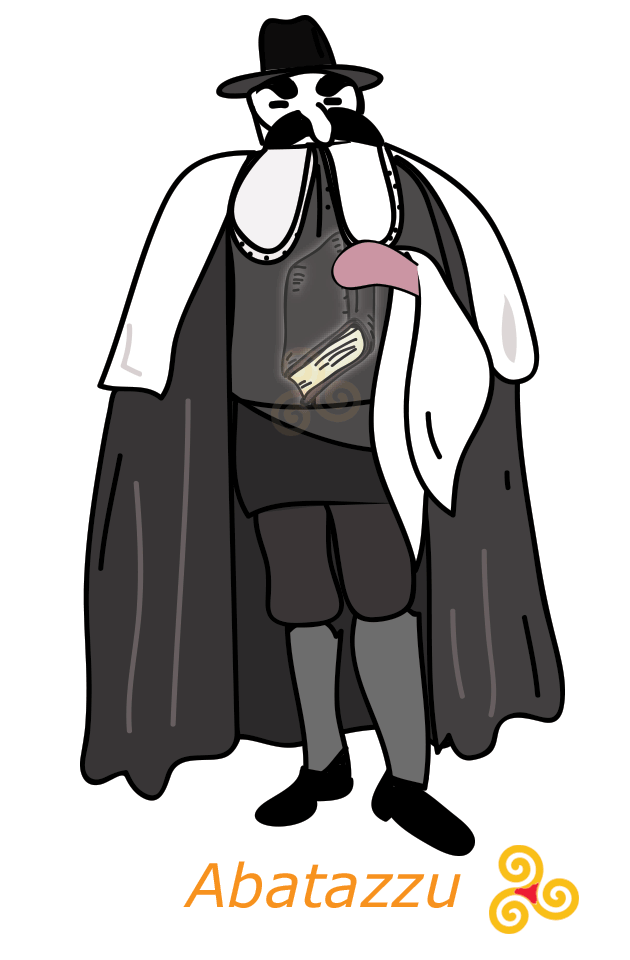
The Abatazzu wore long and elegant dark dresses full of frills, large wigs, a napkin hanging around his neck, symbol of the infected people of the time, used during the carnival to scare away, even if only temporarily, the fears linked to the pandemics of the time. The Abatazzu, with reference to the sacred volumes that ecclesiastics often carried with them, always has a large book, from which he reads satirical and mocking jokes. Subsequently, other masks spread in the Catania area such as that of the Briganti, also called Barbaluti.
Other masks that have become famous during the Acireale Carnival are the Manti, which then became the best known Domino.
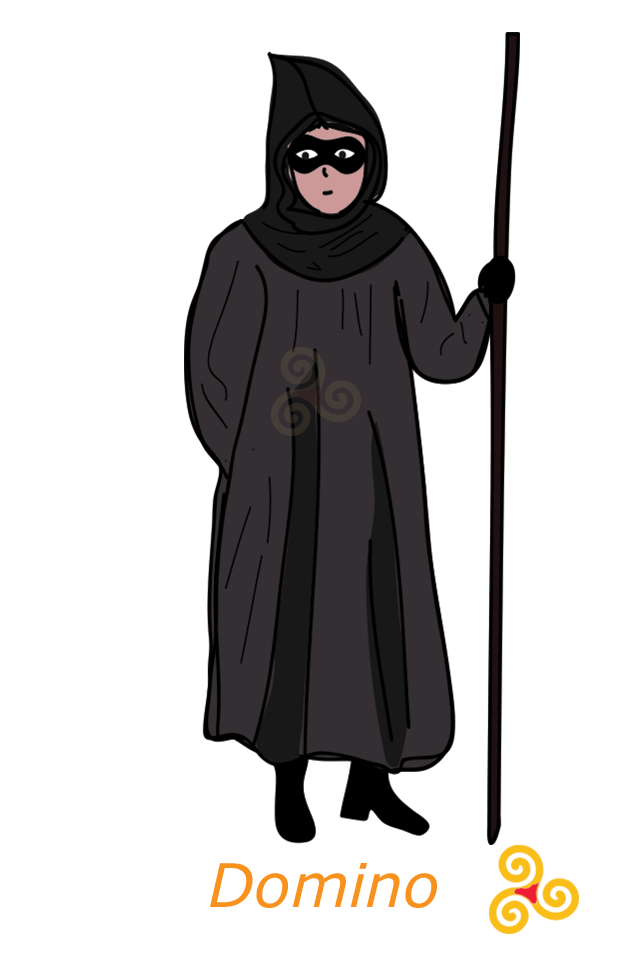
The Dominos were masked figures, covered in long black cloaks that concealed their identity. The Domino mask has been widely spread throughout Sicily but is now banned from over a century as it was used by criminals to commit crimes during Carnival.
A special mention deserves the mask of U Nannu, i.e. the grandfather, a typical mask of the Termini Imerese Carnival. The Nannu mask represents the personification of the past year, he is a short character, with a round face, symbol of the joy and fun that characterizes carnival.
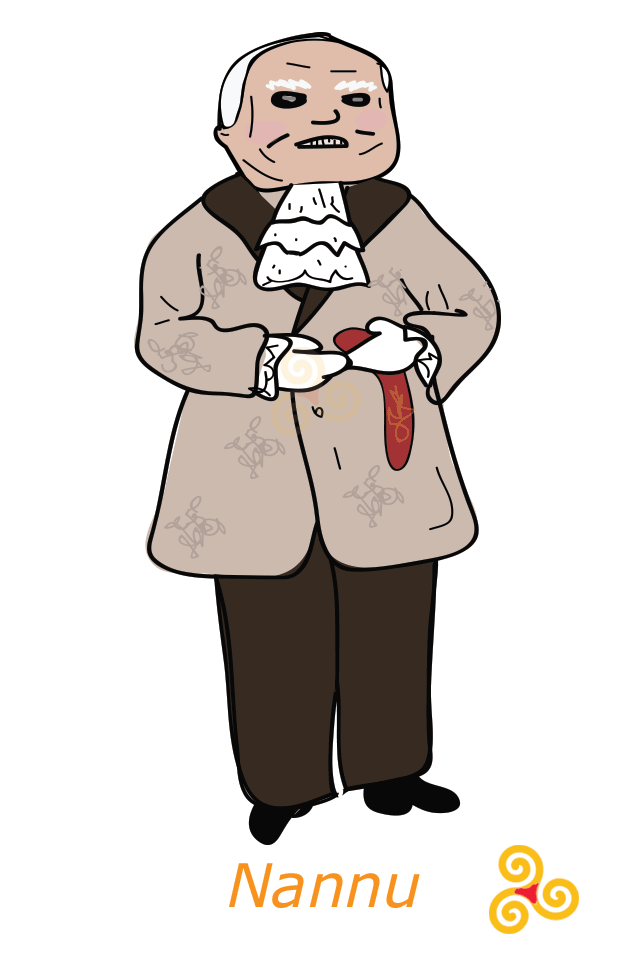
It is indeed tradition that, at the end of the carnival, on the evening of Shrove Tuesday, the papier-mâché figure of Nannu is burned. The Nannu is often accompanied by Nanna, the only Sicilian female mask, a tall and thin figure, represented with a bunch of radishes in her hand, a gift from her husband. The function of the Nanna is to survive the death of the Nannu, to symbolize continuity towards the new year.
The Mastro di Campo mask is very particular, the symbolic character of the Carnival of Mezzojuso.
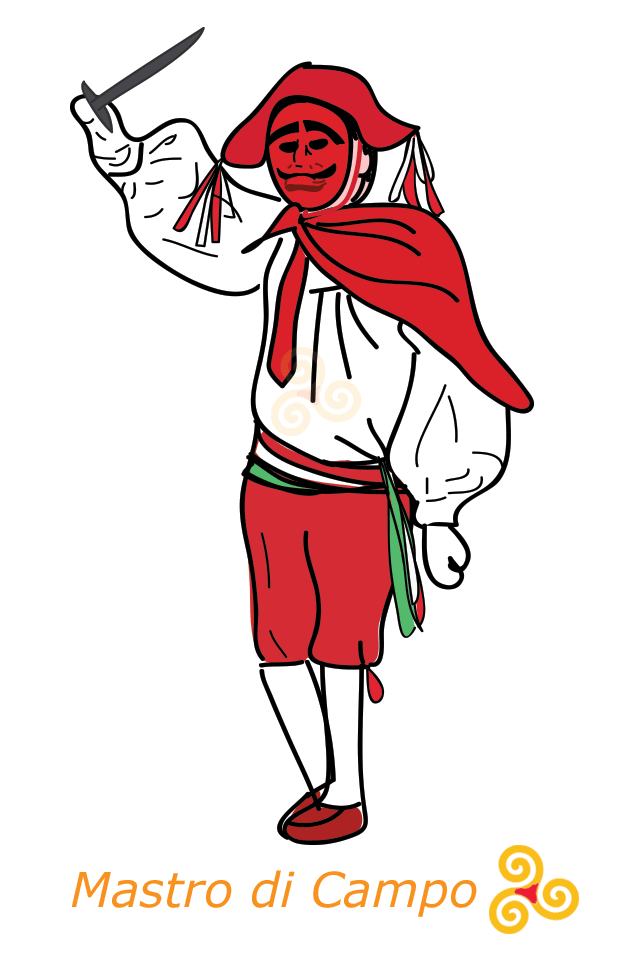
Master of the Field is a strange character with a large nose and a red mask that entirely covers his face who tries to conquer his beloved Queen. On the occasion of the Mezzojuso Carnival, every year, the pantomima di Mastro di Campo, an entirely mimed tragicomedy involving around one hundred characters in period costume.
Less known is the Pasquino mask, probably born from the Sicilian dialect theatre.
The Nannu (grandfather) and the Nanna (grandmother), typical masks of Termini Imerese, also deserve a mention.
Very particular are the Mastro di Campo in Mezzojuso and the Riavulicchiu in Corleone.
Of Turkish origins is the Scacciuni, which is typical of Cattafi (Messina area)
In Modica, in the Ragusa area, the Vecchia di li Fusa is the mask that symbolizes the death of Carnival.
The Jardinara and the Varca are traditional masks from the Palermo area.